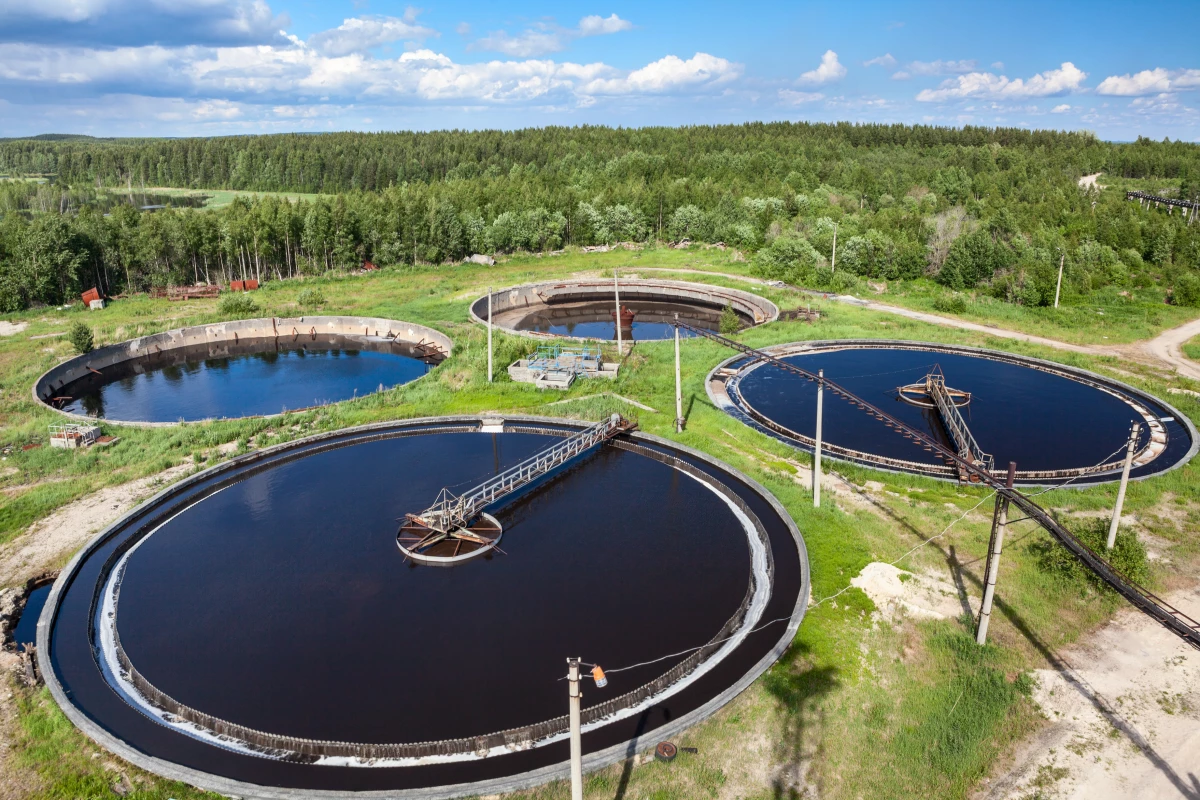A team from Australia's RMIT University says it's figured out a cost-effective way to produce hydrogen using wastewater and sewage. The process not only produces clean H2 gas, it also captures all the carbon in human poop and puts it to valuable use.
In doing so, it could not only generate clean power from a virtually limitless human waste resource, it could also lead to a completely emissions-neutral wastewater sector. If hydrogen is to play a serious part in the future green energy economy, production methods like this could kill multiple birds with one stone.
Treated sewage, says the team, is mostly used as fertilizer and soil amendment in agriculture, but some 30 percent of it globally gets either stockpiled or sent to landfill. The biogas, primarily methane, that's produced when sewage sits around and decomposes at a sewage treatment plant, can be burned as a renewable fuel, but not a clean one in terms of emissions.
Instead, the RMIT team's study, published in the peer-reviewed International Journal of Hydrogen Energy, proposes a new method in which "biosolids," or poops, are converted into biochar, a carbon-rich type of charcoal. This biochar contains enough heavy metal particles to work as an "ideal" catalyst, through which methane-rich biogas can be split into carbon and hydrogen.
The process can be performed in a highly efficient, high-temperature pyrolysis reactor, designed by a team from RMIT's own School of Engineering, that can split the hydrogen out while turning the carbon into another form of biochar coated with carbon nanomaterials, which has high value in a range of uses including environmental, remediation, boosting agricultural soils and even energy storage.
Most importantly, where burning biogas releases a bunch of carbon into the atmosphere, this pyrolysis process captures and sequesters all that carbon in a useful form that doesn't get into the sky.
"We’ve radically optimized heat and mass transfer in our reactor, while shrinking the technology to make it highly mobile,” said lead researcher and Associate Professor Kalpit Shah. “There are no reactors available that can achieve such phenomenal heat and mass integration, in such a small and cost-effective package. And while it’s already energy efficient, with further integration, this reactor could turn biosolids and biogas conversion into a process that actually produces energy instead of consuming it."
"Our new technology for making hydrogen relies on waste materials that are essentially in unlimited supply," Shah added. "By harnessing the power of biosolids to produce a fully clean fuel from biogas – while simultaneously preventing greenhouse gas emissions – we can deliver a true environmental and economic win."
The patented technology has been proven in bench-scale tests, using a methane-rich gas similar to the biogas produced from human waste. The tests showed that within the first half hour running the reactor at 900 °C (1,652 °F), a maximum of around 65-71 percent of methane in the biogas substitute could be successfully converted into hydrogen, depending on whether the sewage had been converted into activated char or biochar.
South East Water, a Victorian government utility, has begin building a pilot plat to trial this poop-to-hydrogen technology and evaluate it for adoption into the wastewater treatment process.
The research has been published in the International Journal of Hydrogen Energy.
Source: RMIT





